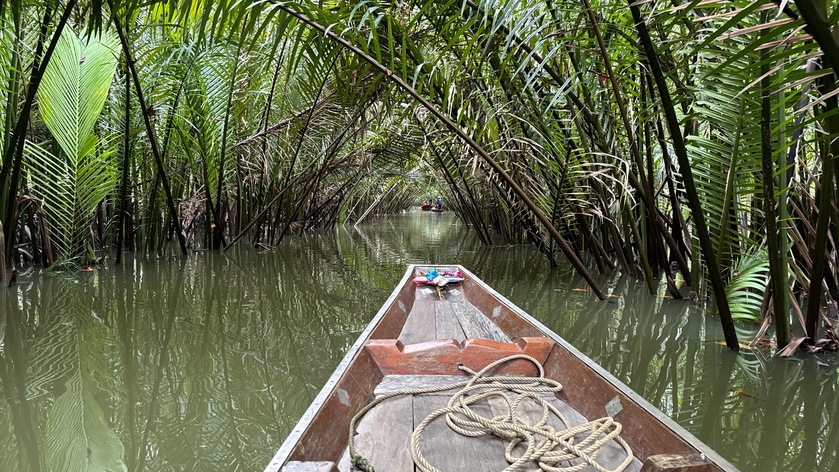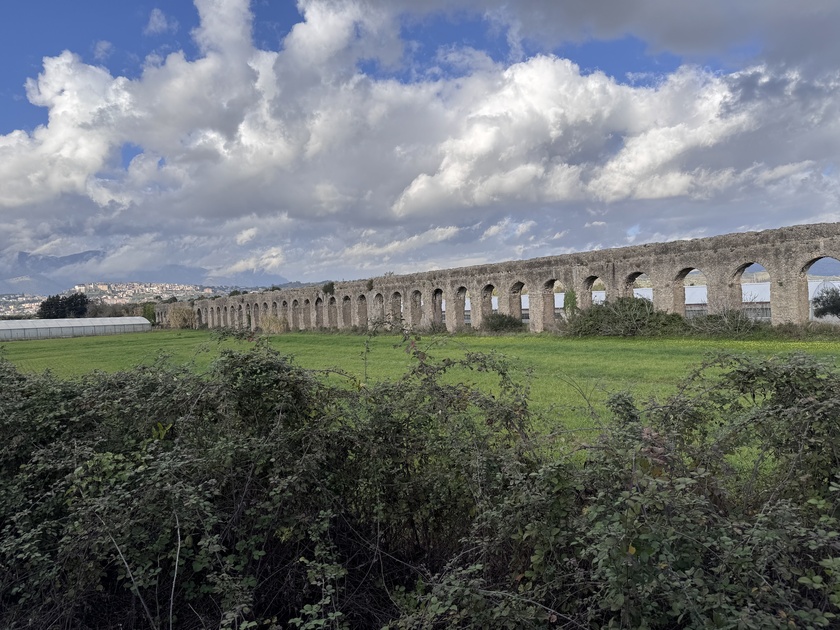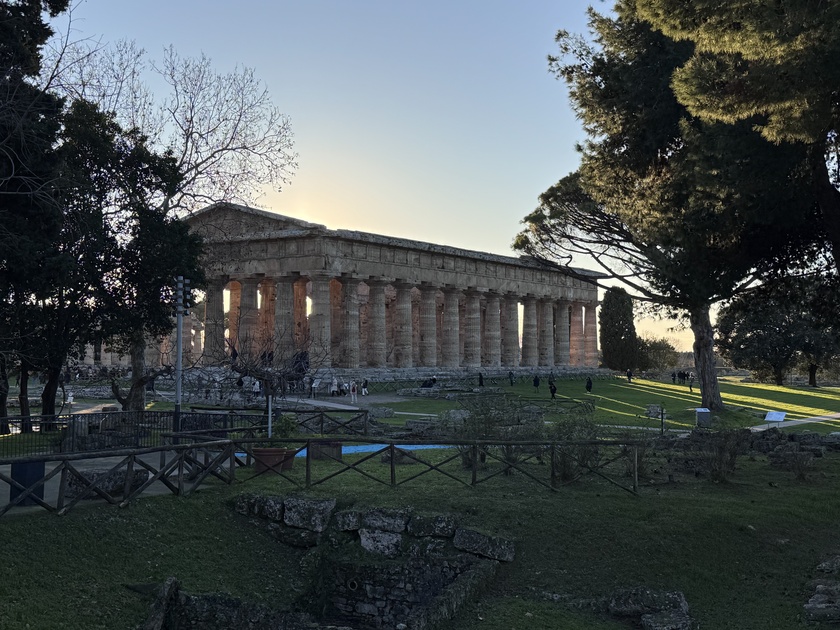In this video we hire out a longtail boat and explore the Tapi River and smaller canals near the city. We work our way to the floating market that is only open on Sundays. The river flows through the town and eventually to the Gulf of Thailand.
Surat Thani สุราษฎร์ธานี is the largest of the southern provinces of Thailand. It lies on the western shore of the Gulf of Thailand. Surat Thani means 'city of good people', a title given to the city by King Rama VI.
The area of Surat Thani was already inhabited in prehistoric times by Semang and Malayan tribes. Founded in the 3rd century, the Srivijaya kingdom dominated the Malay Peninsula until the 13th century.
The main rivers of Surat Thani province are the Tapi River and the Phum Duang River, which join at the town Tha Kham shortly before they flow into Bandon Bay. The delta of these rivers, locally known as Nai Bang (ในบาง), is directly north of the city of Surat Thani. It consists of several channels ...
The Roman Ruins of Ancient Minturnae at Minturno
The archaeological site of ancient Minturnae, located near the modern town of Minturno in southern Lazio, Italy, along the right bank of the Garigliano River (ancient Liris), represents a strategically vital Roman colony and port city on the Via Appia.
Originally settled by the Aurunci (or Ausones), an Italic tribe, the site was captured and destroyed by the Romans in 314 BC during the Second Samnite War, then refounded as a Roman castrum and maritime colony in 295 BC to secure control over the coastal route between Rome and Campania. Its position near the river mouth facilitated trade and naval access, making it a prosperous commercial hub.
Minturnae gained historical fame in 88 BC when the exiled general Gaius Marius hid in nearby marshes from Sulla’s pursuers before escaping by sea.
The colony was renewed under Augustus and significantly expanded by Hadrian in the 2nd century AD, with new public buildings reflecting imperial investment. The city ...
The Amphitheatre of Capua: Ancient Rome’s Second Greatest Arena and Birthplace of Spartacus’ Revolt
The Amphitheatre of Capua (Anfiteatro Campano), located in the modern town of Santa Maria Capua Vetere in Campania, Italy (about 25 km north of Naples), stands as one of the most significant Roman amphitheatres outside Rome.
Often overshadowed by the Colosseum, this structure is widely regarded as the second largest Roman amphitheatre (after the Flavian Amphitheatre in Rome) and possibly the first permanent stone amphitheatre built by the Romans, dating to the late 1st century BC with major expansions under Augustus, Hadrian, and Antoninus Pius in the 2nd century AD.
Its elliptical design—measuring approximately 170 x 140 meters—closely mirrored what would become the Colosseum, leading historians to suggest it served as a direct architectural model.
Ancient Capua, once one of Italy’s wealthiest and most influential cities (dubbed “Altera Roma” or “another Rome” by Cicero), thrived as a hub...
The Archaeological Site of Paestum: Ancient Poseidonia’s Magnificent Greek Legacy
Paestum, located in the Campania region of southern Italy about 85 kilometers southeast of Naples in the modern comune of Capaccio Paestum, stands as one of the most extraordinary surviving examples of ancient Greek colonization in Magna Graecia.
Originally founded around 600 BC by Greek settlers from Sybaris as Poseidonia—named after the sea god Poseidon—the city quickly flourished into a prosperous trading and cultural center on the Tyrrhenian coast, benefiting from fertile plains and maritime access.
Conquered by the indigenous Lucanians around 400 BC, who renamed it Paistom, the city retained much of its Greek character while adopting local influences, evident in vibrant painted tombs from this era.
In 273 BC, it became a Roman colony under the name Paestum, receiving new public buildings like a forum, amphitheater, and roads, though the iconic Greek temples remained revered.
Prosperity continued into the ...




















































